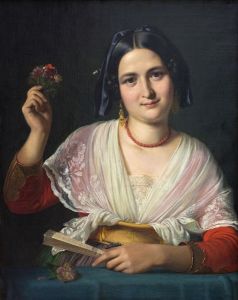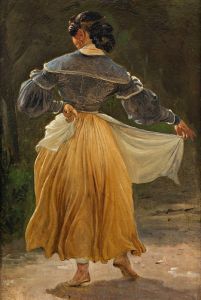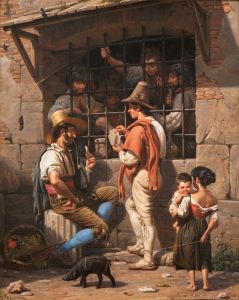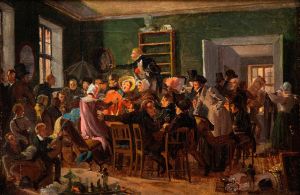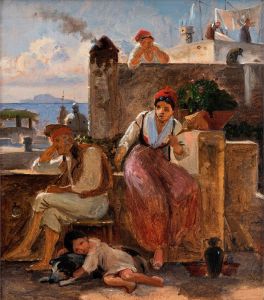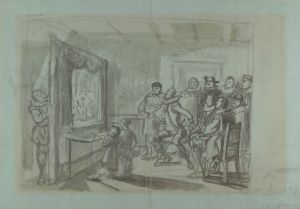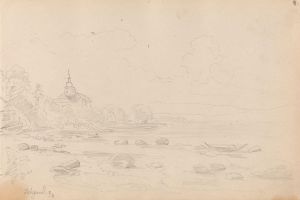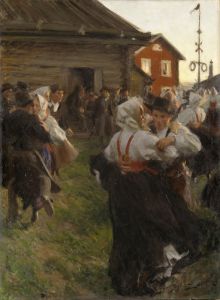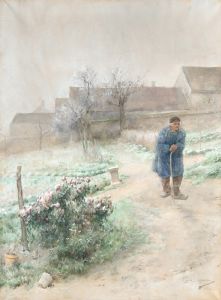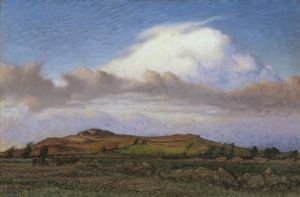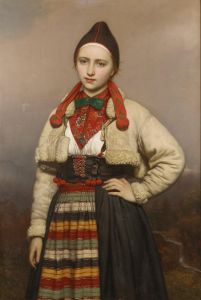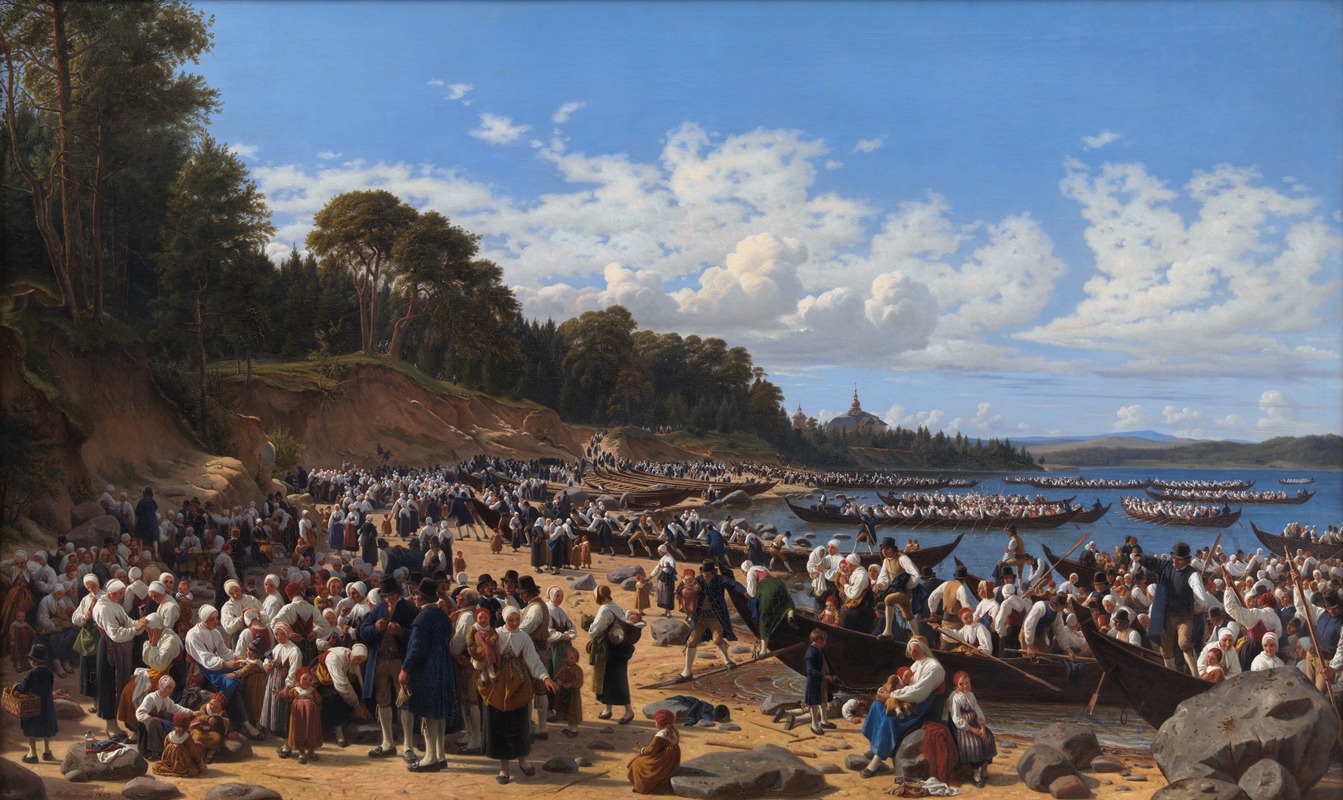
Church-Goers Arriving By Boat At The Parish Church Of Leksand On Siljan Lake, Sweden
A hand-painted replica of Wilhelm Marstrand’s masterpiece Church-Goers Arriving By Boat At The Parish Church Of Leksand On Siljan Lake, Sweden, meticulously crafted by professional artists to capture the true essence of the original. Each piece is created with museum-quality canvas and rare mineral pigments, carefully painted by experienced artists with delicate brushstrokes and rich, layered colors to perfectly recreate the texture of the original artwork. Unlike machine-printed reproductions, this hand-painted version brings the painting to life, infused with the artist’s emotions and skill in every stroke. Whether for personal collection or home decoration, it instantly elevates the artistic atmosphere of any space.
Wilhelm Marstrand's painting Church-Goers Arriving By Boat At The Parish Church Of Leksand On Siljan Lake, Sweden is a notable work by the Danish artist, created in the 19th century. Marstrand (1810–1873) was a prominent figure in the Danish Golden Age of painting, known for his genre scenes, portraits, and historical works. This particular painting captures a moment of rural Swedish life, depicting churchgoers arriving by boat at the parish church in Leksand, a town located on the shores of Lake Siljan in central Sweden.
The scene reflects a traditional practice in the region, where boats were commonly used for transportation due to the area's geography and the central role of Lake Siljan in local life. The parish church of Leksand, a significant landmark in the area, has historically served as a gathering place for the community. The painting portrays a serene and communal atmosphere, with figures dressed in traditional Swedish attire, emphasizing the cultural and social aspects of the event.
Marstrand's work is characterized by its attention to detail and ability to capture the essence of everyday life. In this painting, he combines his skill in depicting human figures with a picturesque landscape, showcasing the natural beauty of the Swedish countryside. The composition highlights the interaction between people and their environment, offering insight into the customs and traditions of the time.
While Marstrand was Danish, his travels across Europe influenced his art, and he often drew inspiration from the places he visited. This painting demonstrates his interest in capturing the unique cultural practices of different regions. The work is also an example of the broader 19th-century Romantic movement, which often celebrated rural life, nature, and national traditions.
The exact date of the painting's creation is not specified, but it aligns with Marstrand's active period as an artist. Today, the painting is appreciated for its historical and cultural significance, as well as its artistic merit. It provides a glimpse into a specific moment in Scandinavian history, preserving the memory of a way of life that has since evolved.





